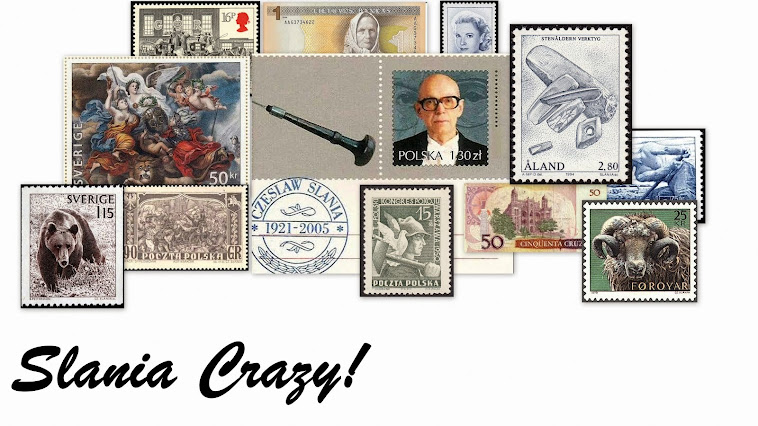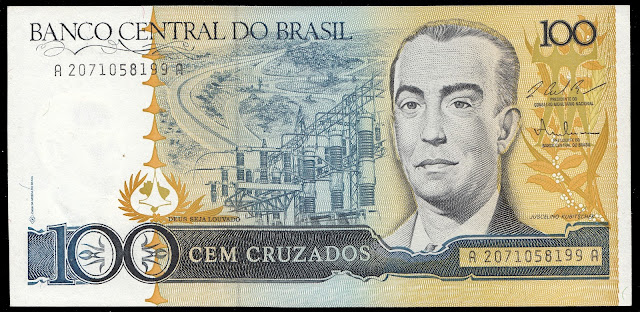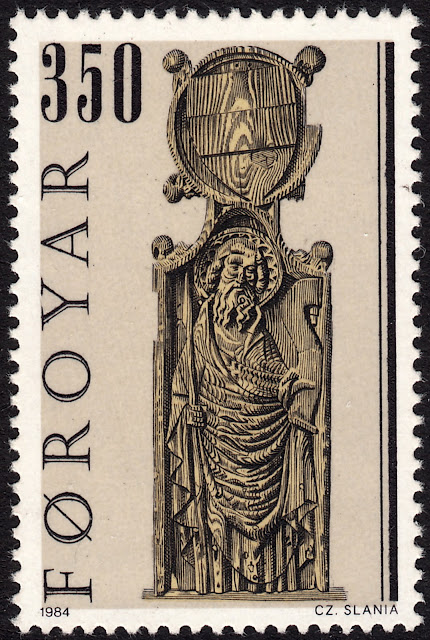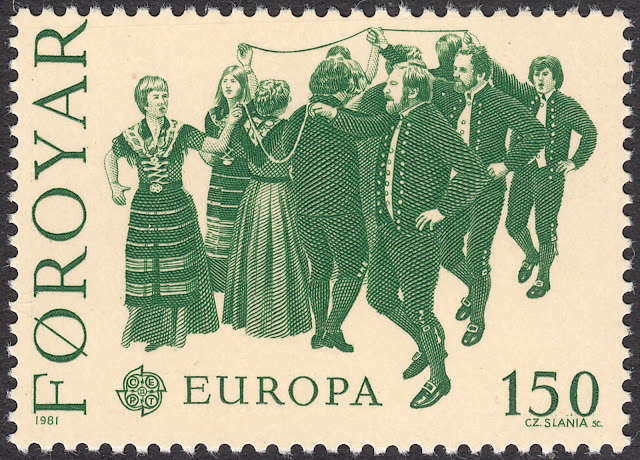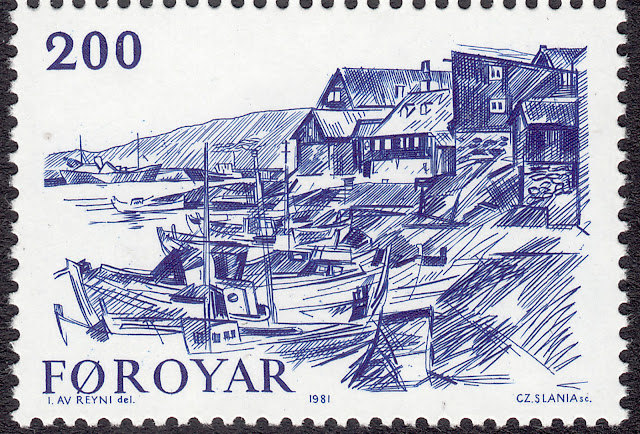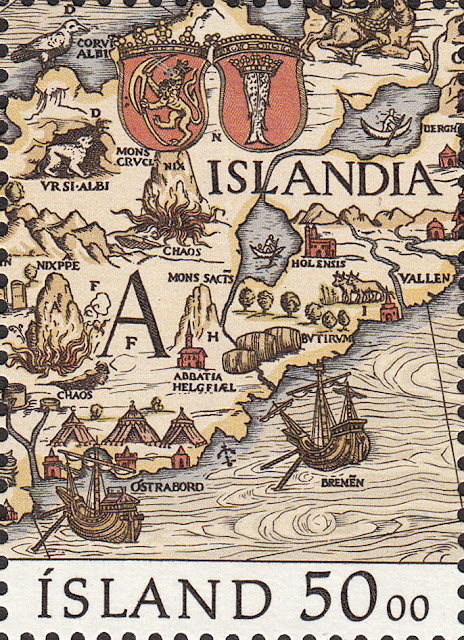The goal of the storyteller has always been to captivate the minds of his audience, enabling them to transcend the rigors of everyday life and, for a time at least, exist in a magical world. The goal of the teller of fairy tales in Greenland includes a slight twist to the norm - to put his audience to sleep! In fact, the best story tellers would commence their narrative with a line such as, "no one has ever heard this story to the end." This idea seems counter-productive, but the primary aim of the Greenlandic storyteller was to help people survive through the long, cold winter nights. And what better way to survive then to be snuggled up by the fire, asleep.
The fairy tales of Greenland cover a wide and varied range of topics. Indeed, over the last few weeks ago I have been studying with captive wonder stamps engraved by Czeslaw Slania, featuring fairy tales from Greenland, such as The Boy and the Fox and The Great Northern Diver and the Raven. This week's fairy tale is titled The Girl and the Eagle.
These stories have in all likelihood survived the sands of time through countless word-of-mouth re-tellings. This can make tracking down the content of the tales extremely difficult to find. So far I'm 0 for 2 on sourcing these stories. Unfortunately, try as I might, I have again not been able to find anything on this fairy tale. So, sadly, I'm 0 for 3. Perhaps the story may have some similarities to the 2016 film The Eagle Huntress , a story about a 13 year old Mongolian girl who is fighting to become a hunter using an eagle, an Eagle Hunter. This is a domain solely for men, but this girl decides she wants to change this. She wants to be the first Eagle Huntress! But then again, maybe the stories are completely unrelated and I'm just a raving loony!
***
On 18 September 1969, Greenland issued the fifth stamp in its fairy tales series. This stamp, along with the two other stamps mentioned above, was engraved by Czeslaw Slania and designed by J. Rosing. As we have come to expect from Slania, this stamp is truly gorgeous. The eagle is a masterpiece in and of itself. Just look at those feathers! Wonderful.
Until next time...
